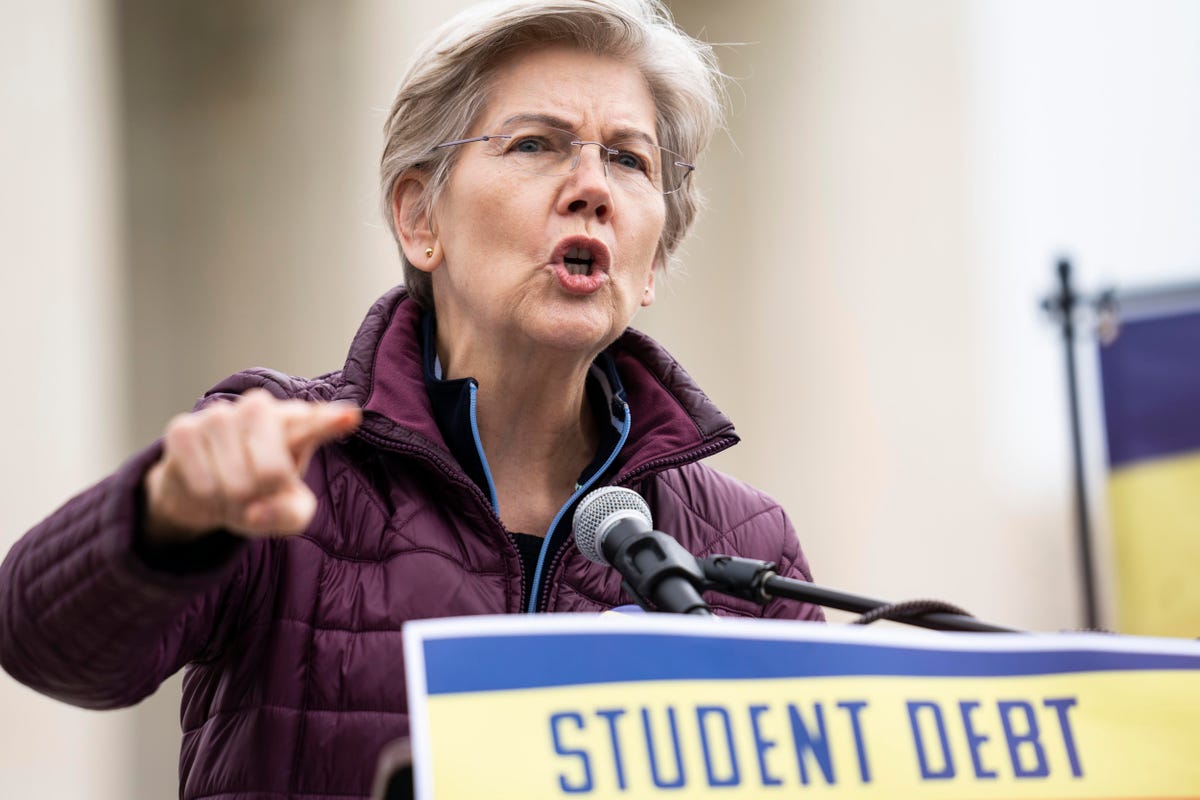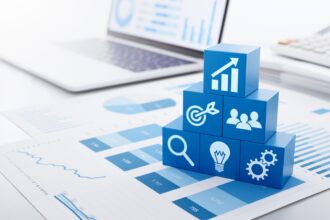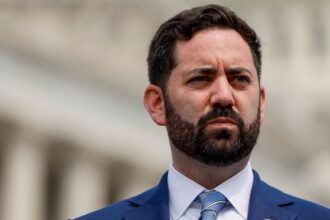Whether you’re ready to deal with it or not, payments on federal student loans are expected to resume this year after being paused due to the Covid-19 emergency since March of 2020. Nobody knows exactly when they’ll resume since it depends on the Supreme Court’s decision on Biden’s student loan forgiveness plan, and exactly when that decision is handed down.
However, guidance published on the U.S. Department of Education website says payments will restart 60 days after the litigation has been resolved. And if the legal issues are not resolved by June 30, 2023, the agency says payments will resume 60 days after that. This means that, at the latest, payments on federal student loans will probably (maybe? possibly?) resume at the end of August this year.
Unfortunately, this means borrowers with federal student debt only have around six months at the absolute max to figure out their next steps. This may mean nothing more than writing up a monthly budget that includes the new loan payment, or it could mean switching repayment plans to get a lower monthly payment.
Fortunately, borrowers in default qualify for some extra help thanks to the “Fresh Start” program from the U.S. Department of Education. Read on to learn how the Fresh Start program works, who qualifies, and the main benefits borrowers get when they take advantage.
Fresh Start Program: What Is It?
The U.S. Department of Education announced the creation of the Fresh Start program on April 6, 2022 with the goal of helping borrowers in default get back in good standing when it comes to their student loans. However, it’s worth noting that the program will continue for a full year after federal student loan payments resume. This means you still have plenty of time to take the steps necessary to get out of default and back on track once you’re ready.
The Dept. of Education also says that some program benefits are available right now while others will come into play later on. For those who might want to start the process early, here’s a list of the current perks already available within the program:
- Access to federal student aid: Individuals who utilize the program will once again have access to federal student aid, including federal student loans and grants if they decide to go back to school. While borrowing more may seem like the last thing you need if you’re in default on your student loans already, having access to aid will mean some students can finish a degree they already started.
- Chance to rehabilitate loans: While you used to be able to rehabilitate a loan just
just
- Eligibility for other government loans: Membership in this program means the U.S. Department of Education stops reporting your default status to the government credit reporting system (CAIVRS). This means you have a better chance at getting approved for other government-backed loans, including government-backed mortgages.
- Stopped collections: Collections activity on federal student loans has been paused during the Covid-19 emergency through now, and this pause continues even after payments resume for those who are in the Fresh Start program.This means tax refunds won’t be withheld, wages won’t be garnished, collection calls will never come and Social Security payments will be made as normal.
In addition to these benefits, those who participate in Fresh Start will see that the monthly payments on their student loans will be reported as “current” instead of “in collections” when payments resume later this year. This means participants will have the chance to get out of default and begin making payments on their loans.
In the meantime, Fresh Start participants will also gain access to programs that can make that part easier. This includes income-driven repayment programs, alternative student loan forgiveness programs like Public Service Loan Forgiveness (PSLF), and short-term deferment or forbearance for those who truly need it.
Several benefits come into play for borrowers who successfully use this program to get out of default and stay out. These include the following:
- Reporting of student loan defaults removed from credit reports
- Seeing loans moved to “current” status
- Transfer of defaulted loans from the Default Resolution Group to a federal student loan servicer
How To Qualify For The Fresh Start Program
If you’re currently in default on your federal student loans, the U.S. Department of Education says they’ll reach out to you to tell you what you need to do to qualify for Fresh Start in the next few months. With that in mind, you will want to log into your account with studentaid.gov to confirm or update your contact details if you’re interested in this program.
It also helps to know which types of federal student loans are eligible. According to studentaid.gov, you can qualify for this program if you have any of the following federal loan types in default:
- William D. Ford Federal Direct Loan (Direct Loan) Program loans
- Federal Family Education Loan (FFEL) Program loans
- Perkins Loans held by ED
This means that some loans in default are not eligible for Fresh Start benefits, including the following loan types:
- Perkins Loans held by schools
- Health Education Assistance Loan Program loans
- Student loans remaining with the U.S. Department of Justice for ongoing litigation
- Direct Loans that go into default after payments resume later this year
- FFEL Program loans that go into default after payments resume later this year
If you’re not sure whether your loans qualify or not, the U.S. Department of Education says you can find out by calling the Default Resolution Group at 1-800-621-3115 (TTY for the deaf or hard of hearing 1-877-825-9923).
The Bottom Line
With federal student loan payments resuming later this year, now is not the time to bury your head in the sand if your loans are in default. You still have time to figure out a plan, and the benefits offered through the Fresh Start program can give you a leg up when it comes to getting back on track.
Getting involved in this program means your loans will be reported as current when payments resume this year, and that you can access more loans to finish your degree if you haven’t already. You can also switch payment plans for your student loans to get a better deal, and your options will include income-driven repayment plans that base your monthly payment on how much discretionary income you have.
If your income is low enough, your new monthly payment through an income-driven repayment plan could even be as low as $0.
Read the full article here










